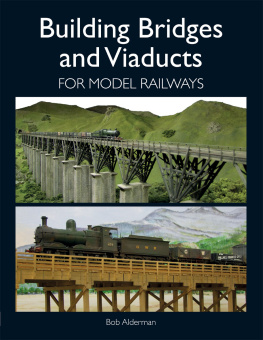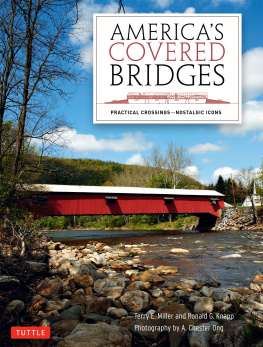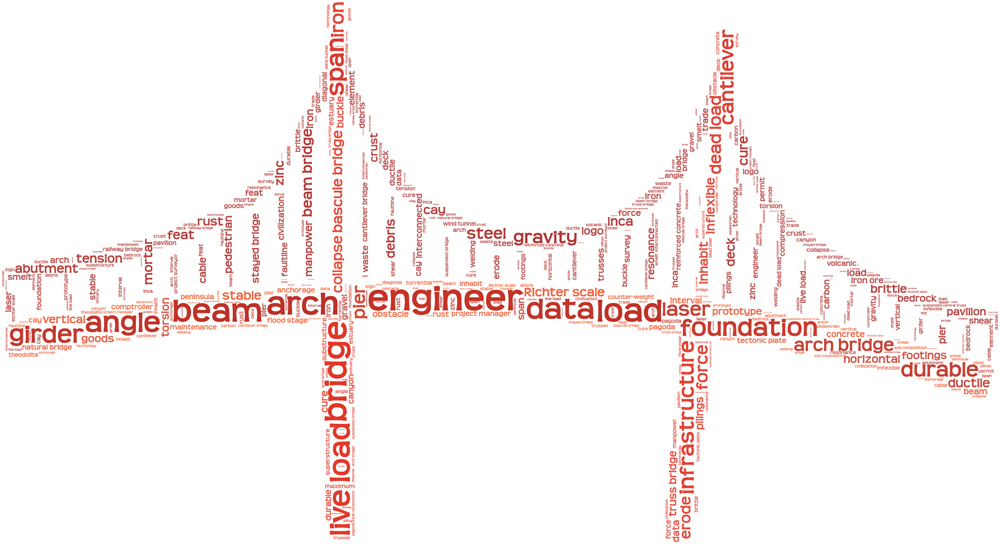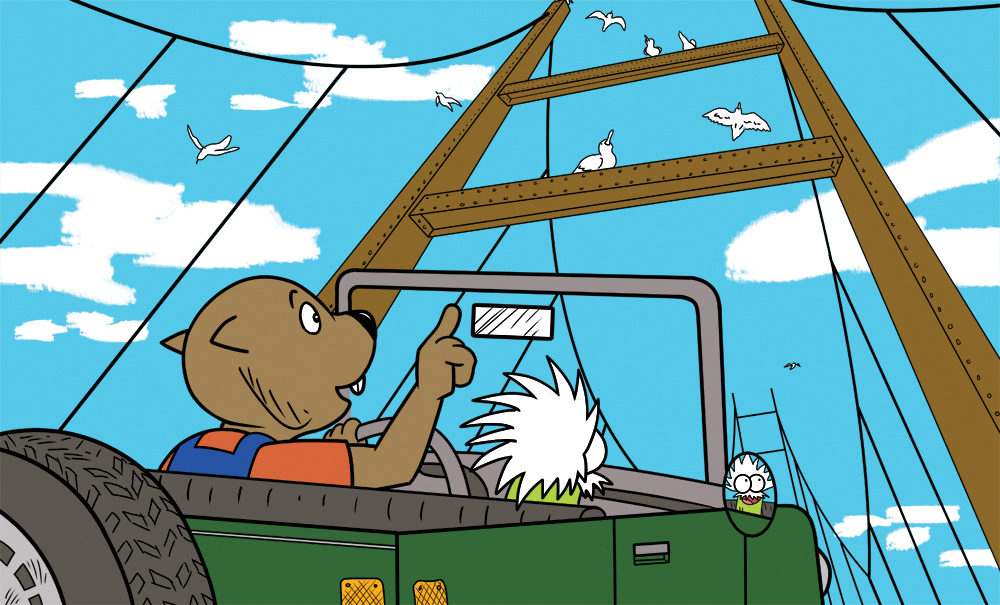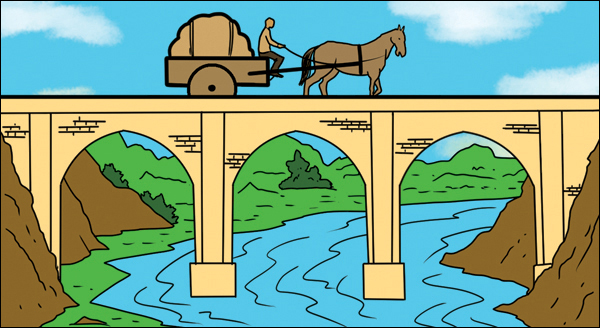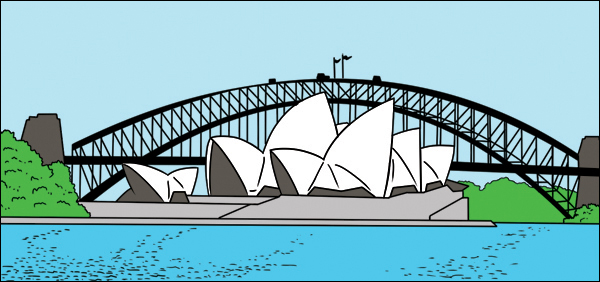Jennifer Swanson - Bridges!: With 25 Science Projects for Kids
Here you can read online Jennifer Swanson - Bridges!: With 25 Science Projects for Kids full text of the book (entire story) in english for free. Download pdf and epub, get meaning, cover and reviews about this ebook. year: 2018, publisher: Nomad Press, genre: Children. Description of the work, (preface) as well as reviews are available. Best literature library LitArk.com created for fans of good reading and offers a wide selection of genres:
Romance novel
Science fiction
Adventure
Detective
Science
History
Home and family
Prose
Art
Politics
Computer
Non-fiction
Religion
Business
Children
Humor
Choose a favorite category and find really read worthwhile books. Enjoy immersion in the world of imagination, feel the emotions of the characters or learn something new for yourself, make an fascinating discovery.
- Book:Bridges!: With 25 Science Projects for Kids
- Author:
- Publisher:Nomad Press
- Genre:
- Year:2018
- Rating:5 / 5
- Favourites:Add to favourites
- Your mark:
Bridges!: With 25 Science Projects for Kids: summary, description and annotation
We offer to read an annotation, description, summary or preface (depends on what the author of the book "Bridges!: With 25 Science Projects for Kids" wrote himself). If you haven't found the necessary information about the book — write in the comments, we will try to find it.
Getting from one place to another sounds easy if you are on a straight piece of land, but what if you have to get overor undera body of water or a deep gorge? Build a bridge! Bridges are the great connectors. They allow us to travel the twists and turns, highs and lows, ins and out of every geographic feature in our world. Bridges! With 25 Science Projects for Kids introduces readers ages 7 to 10 to the concepts and vocabulary of bridge construction through the lenses of history, science, engineering, math, and technology.
From the Golden Gate Bridge in San Francisco to the Tower Bridge in London, bridges are a huge part of our life. But how are these amazing structures built? What forces keep it standing? What might cause it to fall down? And who decides which type of bridge to use? In Bridges! With 25 Science Projects for Kids,one of four titles in the Explore Engineering set, readers discover how these extraordinary feats of engineering are created, and apply what they have learned to hands-on, critical-thinking activities that include building different types of bridges, such as truss, cantilever, and suspension bridges, out of different materials and modeling different types of supports. They examine the natural forces that affect structure selection and appearance, and also learn about the types of support required for each. Trivia, cartoon illustrations, links to online videos and other sources, and clear diagrams round out this book and make it fun and interesting for class discussions.
Following the guidelines set forth in the NGSS/NSTA engineering and design standards, teachers can feel comfortable using this book as a guide for targeted learning in their classrooms. In the Explore Engineering set, readers ages 7 to 10 develop foundational understanding of the physics that guides the building and maintenance of bridges, canals, dams, tunnels, and skyscrapers.
Titles in the Explore Engineering set include Bridges! With 25 Science Projects for Kids;Canals and Dams! With 25 Science Projects for Kids; Tunnels! With 25 Science Projects for Kids; and Skyscrapers! With 25 Science Projects for Kids.
Nomad Press books in the Explore Your World series for children ages 710 integrate content with participation. Common Core State Standards, the Next Generation Science Standards, and STEM Education all place project-based learning as key building blocks in education. Combining content with inquiry-based projects stimulates learning and makes it active and alive. Nomads unique approach simultaneously grounds kids in factual knowledge while allowing them the space to be curious, creative, and critical thinkers.
Jennifer Swanson: author's other books
Who wrote Bridges!: With 25 Science Projects for Kids? Find out the surname, the name of the author of the book and a list of all author's works by series.

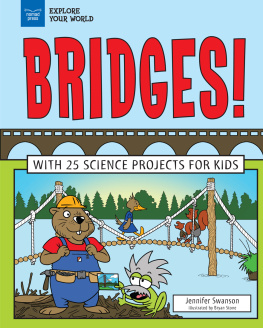
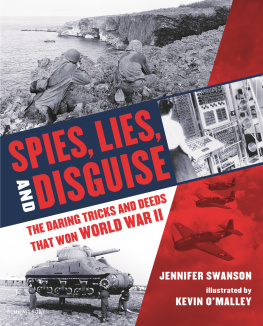
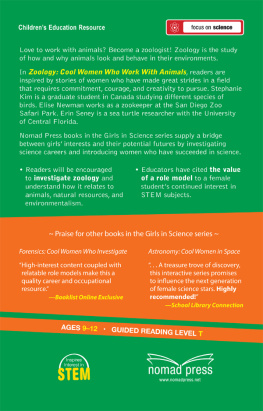
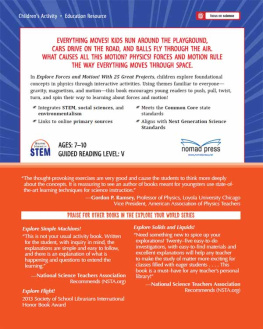
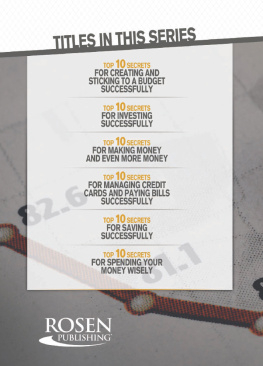
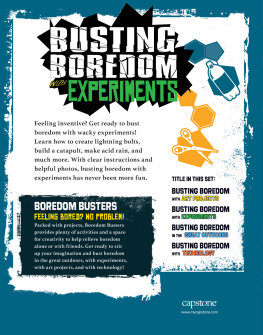
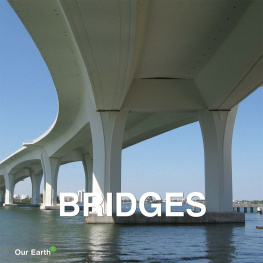
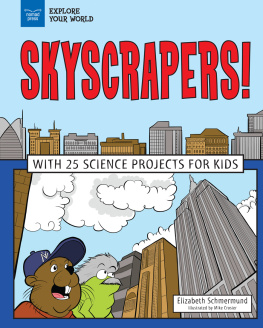
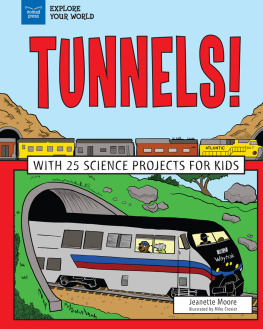
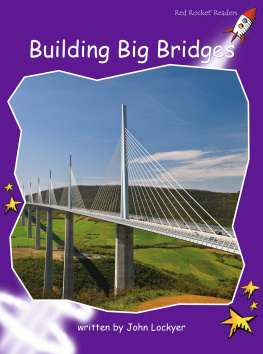
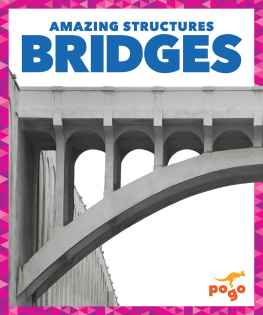

![Vaughn Jen - Bridges and tunnels: investigate feats of engineering [with 25 projects]](/uploads/posts/book/242802/thumbs/vaughn-jen-bridges-and-tunnels-investigate-feats.jpg)
